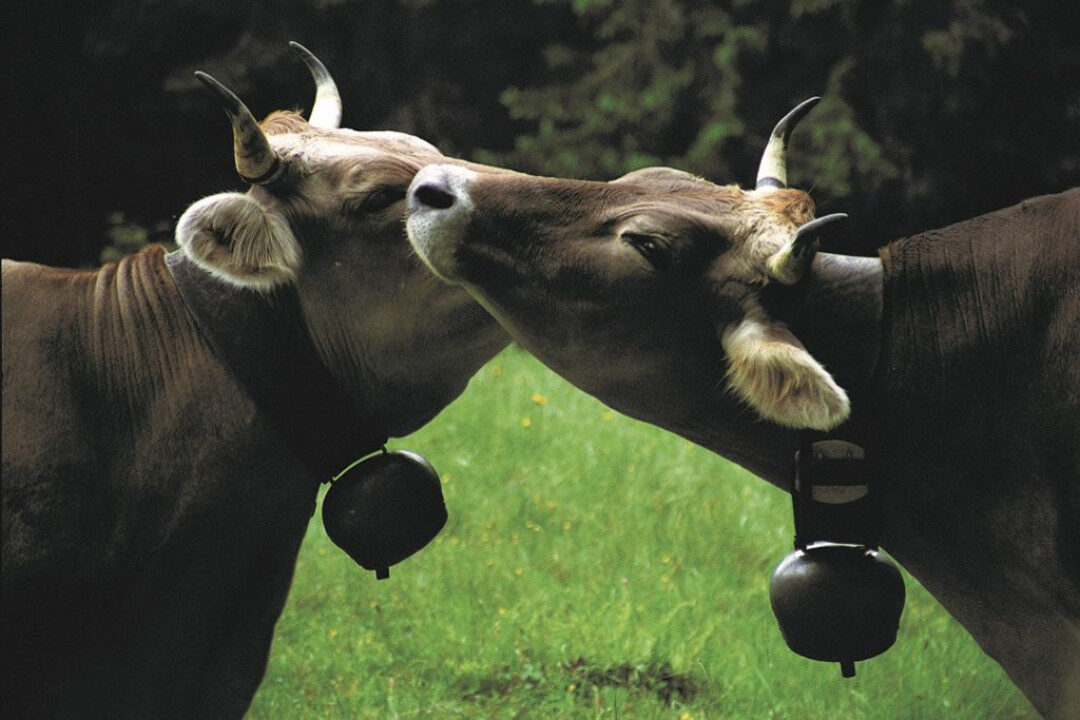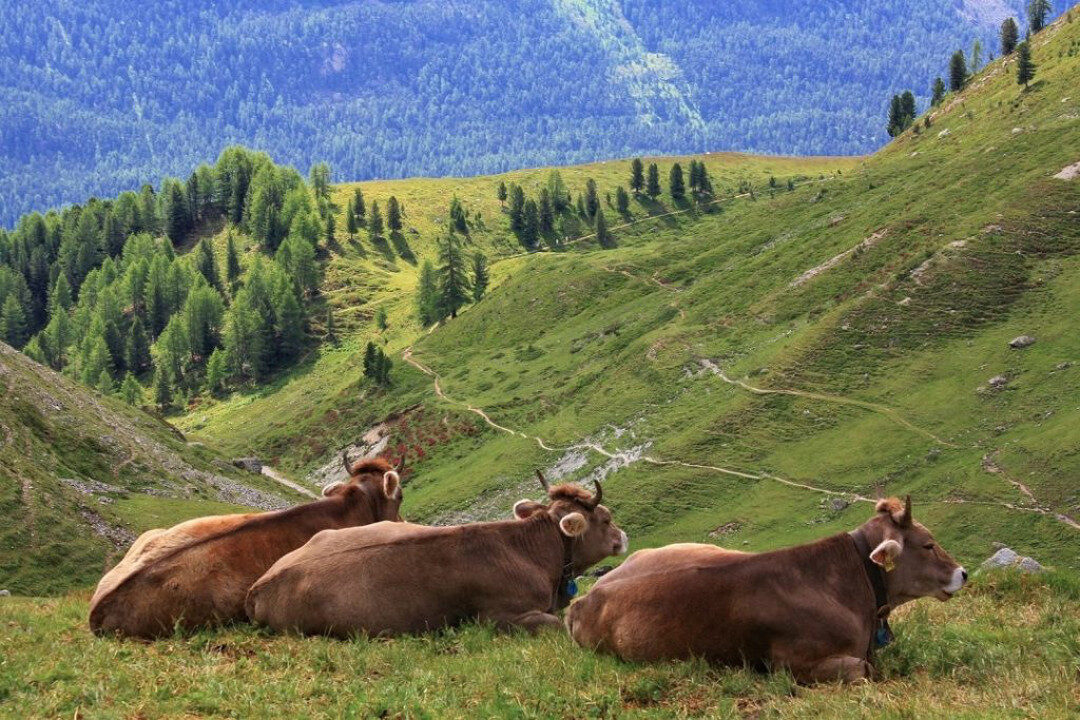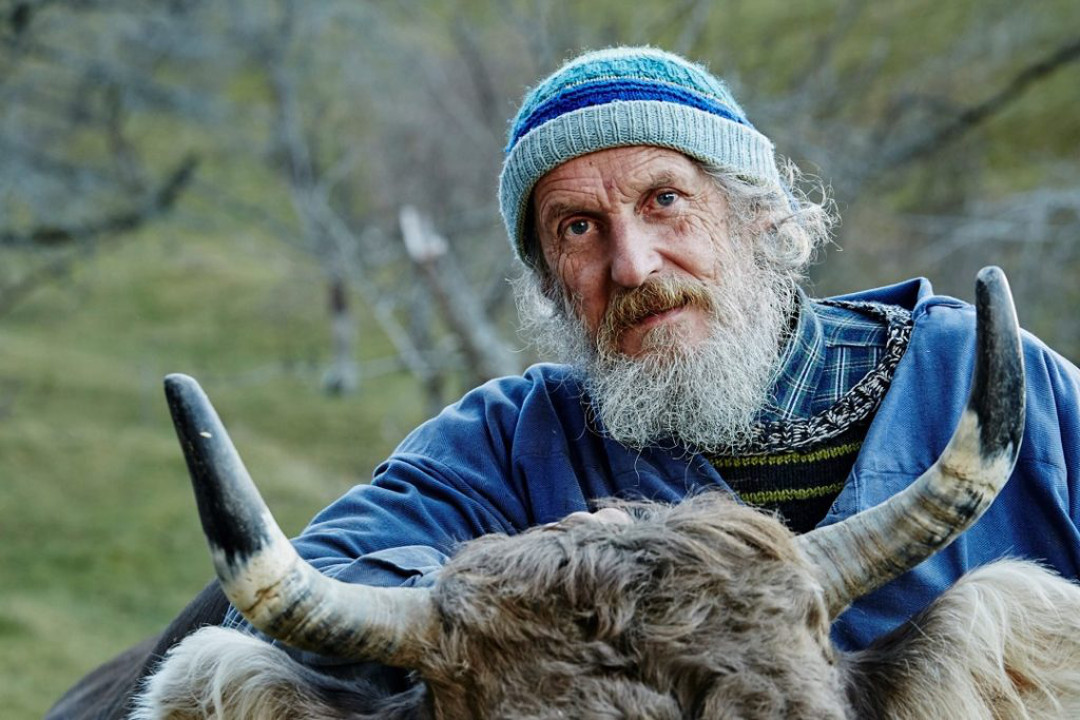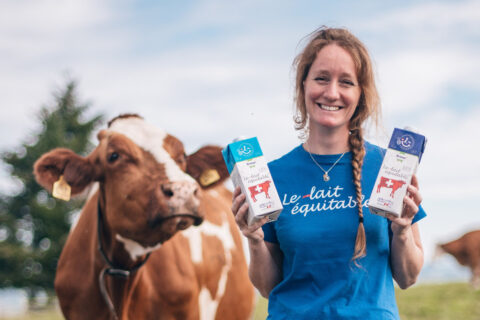What would our Alps be without the countless hiking possibilities and cows that graze all around? The picture of the original brown cattle with two horns and mountains in the background could not be more Swiss. However, it is a fact that currently only 10% of all cows carry horns. To stop this development, a group around the mountain farmer Armin Capaul wants to create financial incentives to keep cows and goats with horns. Opinions on the federal popular initiative “For the Dignity of Farm Animals” are divided.

Overview of arguments
The development towards hornless cows has been accelerated by the construction of free-range barns since the end of the 1970s. Free-range barns are more animal-friendly because the cows have more space to run and no longer have to be permanently tied up. Since free-range animals with horns can pose a safety risk, they are usually dehorned.
Safety is also a main argument of the opponents of the initiative. Not only the cows in the barn, but also the farmers and hikers can be fatally injured. Furthermore, no study has so far proven a negative influence of dehorning on the well-being of the animals.
The supporters of the initiative disagree. For them a cow loses not only its dignity with dehorning: As an organ with a strong blood supply, the horn is also connected to the digestive system and serves as a means of communication between the animals. Dr. med. vet. Wilhelm Höfer even writes that the quality of the milk is impaired (more information in german on zalp.ch). In order to ensure that more horned cows graze on Swiss meadows in the future, their owners will receive financial support. Horned animals in free-range barns are basically possible, but take up much more space. As compensation, the initiators originally proposed one franc per cow and day or 20 centimes per goat and day. That is around 30 million francs a year, to be financed by redistributing the direct payments. The initiative text leaves the amount open. It is also unclear how to deal with livestock farmers whose horned cows spend most of their lives in their tethered barn.

The consumer decides
Today, cows are kept more animal-friendly in free-range barns. For reasons of safety and efficiency, however, they usually have to pay for this new freedom with their horns. The extent to which the cow suffers during dehorning and the effects it has on milk have not (yet) been scientifically proven. As long as producers have to struggle with the milk price, which does not cover costs, the structural change in agriculture towards ever larger farms cannot be stopped. Then not only horned cows will become rare on our hiking trails, but also small farms, which until now have barely been able to keep their heads above water.
More information on the “Horn cow initiative“ can be found on the official website www.hornkuh.ch or in the SRF voting arena on 2 November.








Leave a comment